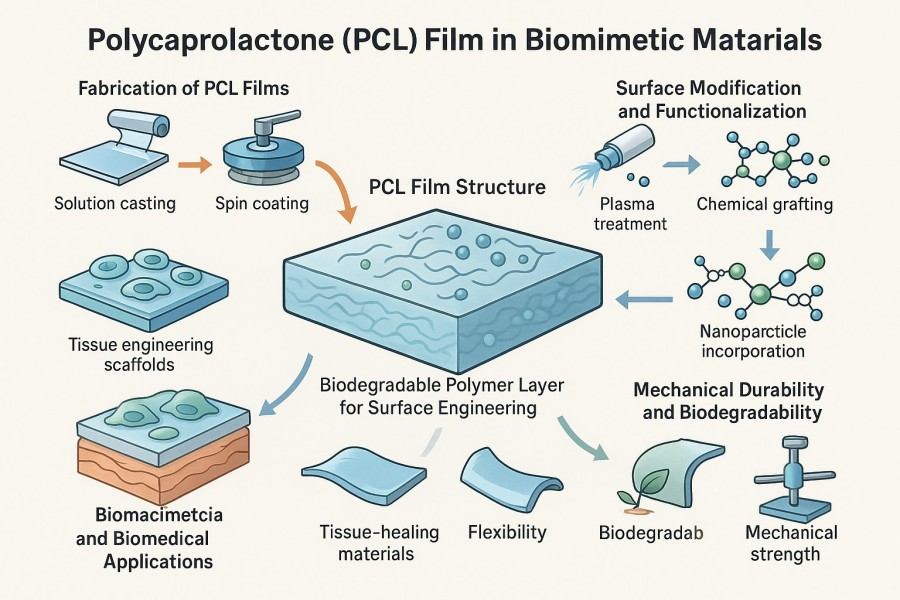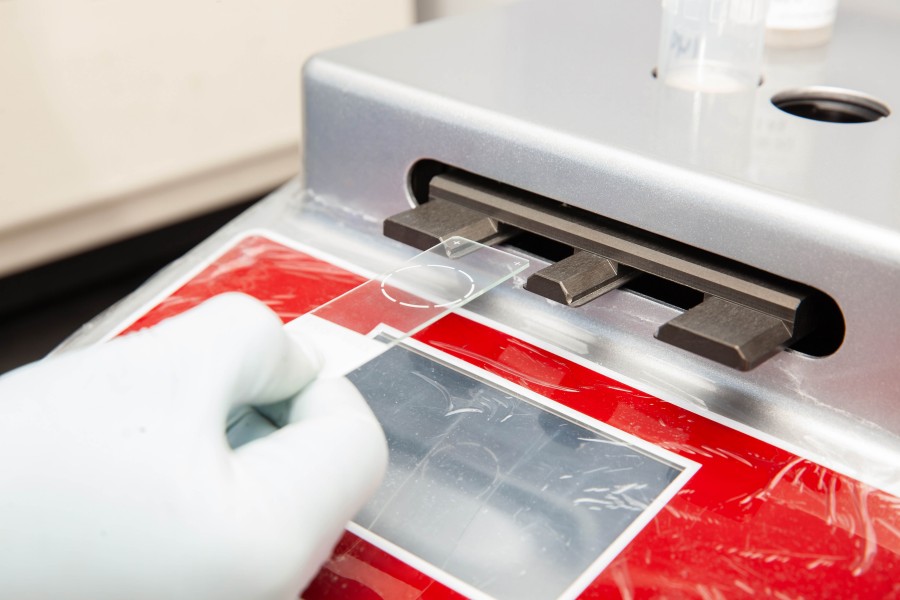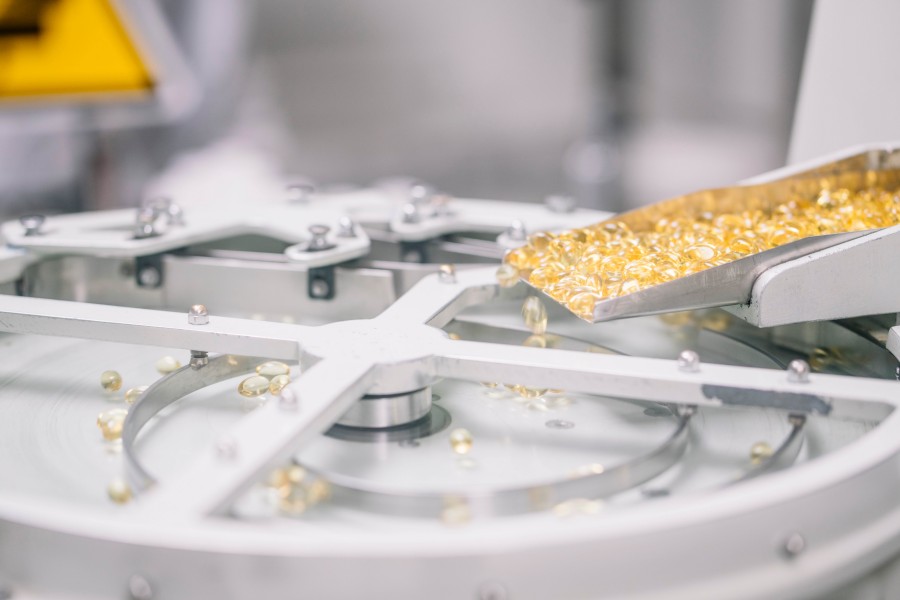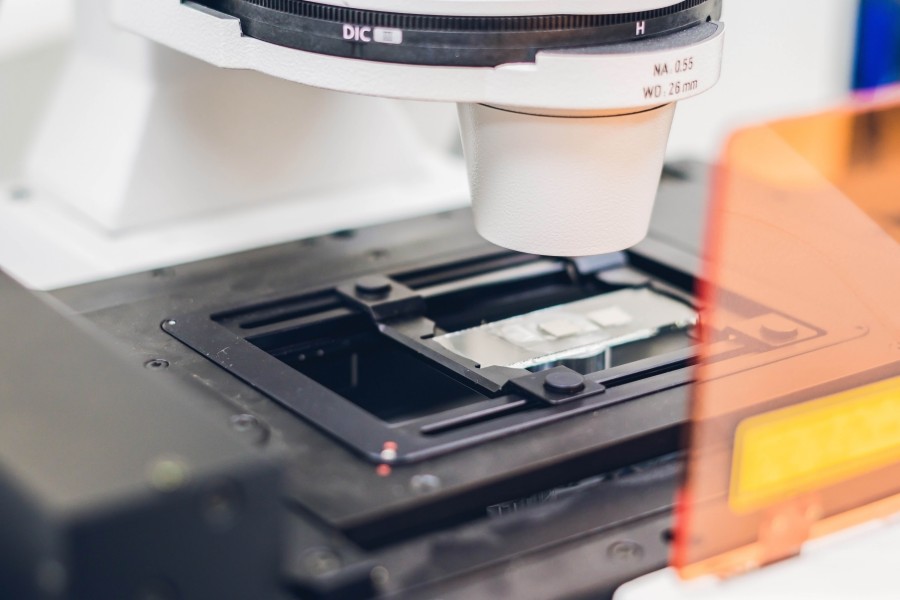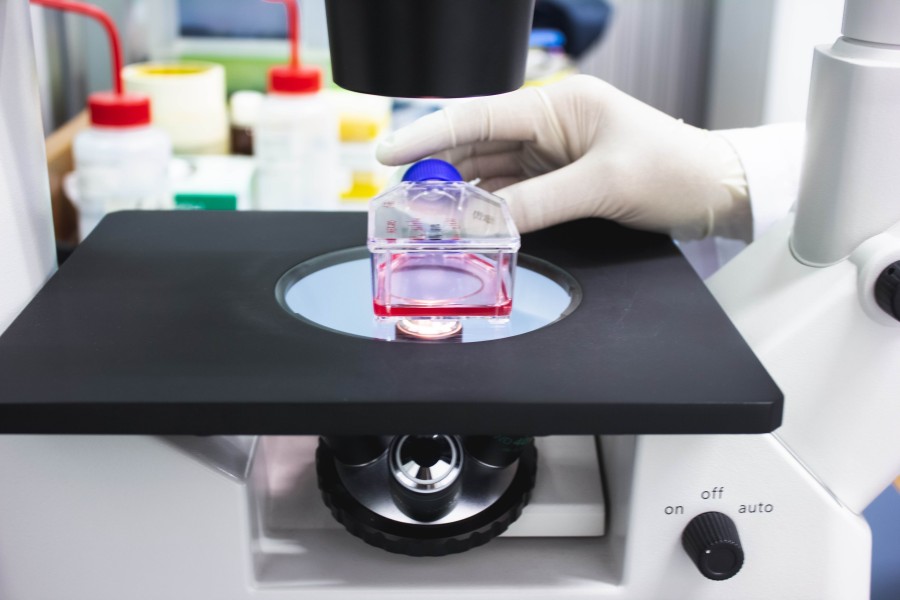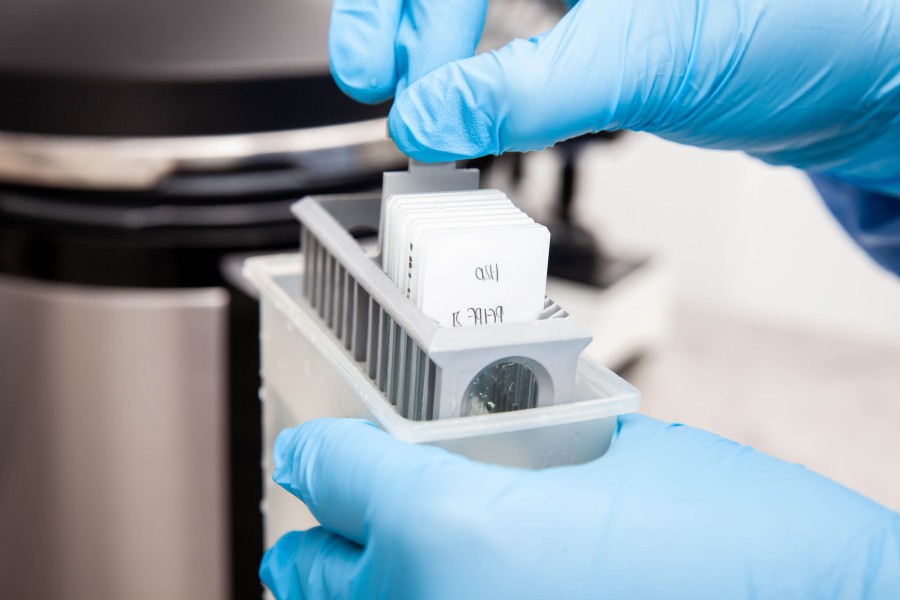| Test Item | Test Description | Testing Method | Application and Use |
|---|
| Film Thickness Measurement | Precisely measures film thickness to ensure uniformity and stability as per customer requirements. | Laser thickness measurement, Microscopy | Ensures consistency of film thickness, applicable to drug delivery and other fields. |
| Porosity and Pore Size Distribution | Measures porosity, pore size distribution, and uniformity to optimize film's permeability and moisture transmission. | Mercury intrusion, Nitrogen adsorption | Essential for drug delivery, cell culture, wound dressings, etc. affecting drug release rate. |
| Mechanical Properties Testing | Includes tensile strength, elongation at break, Young's modulus to ensure film's mechanical stability and strength. | Tensile testing, Compression testing | Validates film's durability for biomedical and packaging applications. |
| Degradation Rate Testing | Measures the degradation rate of the film to ensure it degrades as per predefined times in specific environments. | Acidic, neutral hydrolysis, Enzyme degradation | Suitable for biodegradable films, tissue engineering, and temporary scaffolds. |
| Surface Morphology and Roughness | Analyzes the film's surface morphology and roughness to ensure it's suitable for cell attachment and drug release. | Scanning Electron Microscopy (SEM) | Ensures film is suitable for cell adhesion, applicable to tissue engineering and drug delivery. |
| Biocompatibility Testing | Evaluates the compatibility of the film with cells to ensure it's non-toxic and supports cell growth and differentiation. | Cell culture experiments, MTT assay for cell viability | Suitable for tissue engineering, regenerative medicine, and cell culture applications. |
| Antibacterial Performance Testing | Tests the antibacterial properties of the film to prevent bacterial growth, ensuring suitability for medical and hygiene applications. | Kirby-Bauer method, Zone of inhibition | Used in wound dressings, medical device packaging, and antimicrobial protective films. |
| Moisture Absorption and Permeability Testing | Measures the moisture absorption rate and permeability of the film to ensure its effectiveness in moisture control and drug release applications. | Gravimetric method, Permeability testing | Suitable for drug delivery, wound care, and medical packaging applications. |
| Thermal Properties Testing | Determines the film's thermal stability, melting point, and glass transition temperature (Tg) to ensure stability under various temperature conditions. | Differential Scanning Calorimetry (DSC), Thermogravimetric Analysis (TGA) | Suitable for applications under high temperature conditions such as medical device packaging and heat-resistant drug delivery systems. |
| Drug Encapsulation and Release Testing | Measures the drug encapsulation efficiency and release behavior to ensure the drug release rate and encapsulation efficiency meet the required specifications. | High-Performance Liquid Chromatography (HPLC) | Used for the development of drug delivery systems, especially for sustained-release and controlled-release applications. |

